Breaking chains: Working to end human trafficking
People coerced into work. Domestic servitude. Forced marriage. Sexual exploitation. Today, there are more people in slavery ( 40.3 million people worldwide, according to estimates from the International Labour Organization) than at any point in history, including during the transatlantic slave trade that ran between the 15th and 19th centuries.
UK charity Stop the Traffik works with partners to build a global picture of human trafficking. In 2019, it ran a social media campaign in Lincolnshire, UK, and Lithuania to raise awareness of the signs of human trafficking. Ruth Dearnley, chief executive of Stop the Traffik, says that the campaign was born from wider work by the charity to undermine the human-trafficking business.
“That business needs to recruit, to push its money through the system at every level, and maintain or increase demand,” she explains. “Our strategy is to cut the legs off those three elements.”
Lithuania was chosen because human trafficking – particularly for labour exploitation – was known to be an issue in the country, with Lincolnshire an area where many of those affected ended up. The campaign comprised video adverts paid for by Facebook, telling the story of a young Lithuanian man, offered a job in the UK, who ended up being exploited. The video linked to relevant partner organisations and a webpage, run by Stop the Traffik, that included UK labour rights information.
The campaign content was based on research from specialist research agency Humankind, followed by an evaluation project to determine its impact, as well as input from Lithuanian partners KOPŽI and the Missing Persons’ Families Support Centre.
There were three phases of campaign research. In the first, six focus groups were held with people at risk of trafficking, and victims of trafficking, in Lincolnshire and the Lithuanian cities of Vilnius, Kaunas and Klaipeda. The sensitivity of the subject they were discussing, and the vulnerability of many research participants, raised challenges for the research team, says Alex Bennett-Clemmow, associate director at Humankind. “We had to make quite practical decisions about how we would reach the right people, such as switching to individual interviews for people who were not comfortable doing focus groups,” she explains. “I think we got the most value out of everything we could do.”
The group interviews were followed by a one-hour interview with key partner organisations in Lithuania and the UK after the campaign was launched – two in Lithuania, one from a financial services partner, and the other based in Boston, Lincolnshire. Individual interviews also took place with the campaign audience in Lithuania and Lincolnshire – two weeks after the campaign ran and then again a few months later – and consisted of 30-minute telephone interviews with 30 people recruited via the post-campaign survey, exploring their reaction to the campaign.
The researchers also ran small-scale quantitative surveys alongside the qualitative work, including a pre-campaign survey, a post-campaign survey a week after the campaign went live, and another survey a few months later. In total, 440 people responded to the pre-survey, 107 to the post-survey, and 31 to the follow-up survey in the UK.
Bennett-Clemmow says that the Stop the Traffik project was a first for the agency. “What hadn’t been done before was speaking to the people who were being affected by, or at risk of, exploitation, and making sure we were learning first-hand from them to make the campaign as resonant as possible,” she explains. “We wanted to make sure it was something that could be replicated.”
The research project was structured in a way that was designed to be easily transferrable to future Stop the Traffik campaigns, and involved building partnerships and gathering insight to inform and evaluate communications.
According to Humankind’s evaluation, 21% of UK participants who saw the video said they would behave differently in a trafficking situation, rising to 31% of Lithuanian participants. More than 500,000 people viewed the video campaign across the two countries.
“For many people, the reality of exploitation is subtle and coercive rather than violent, meaning they rarely recognised their experience as typical, and, therefore, hadn’t felt that previous campaigns and support services were aimed at them,” Bennett-Clemmow says.
“We learnt about the shame that many people feel having been exploited, and the stigma around it, meaning that many returnees to Lithuania never talked about their experience – with some saying we were the first people they had ever opened up to about it.”
The result of the research has been to build a more comprehensive understanding of the networks operating across the two countries studied, says Dearnley. The charity works with smaller voluntary groups focused on local trafficking victims, and corporate partners, such as Facebook.
“We are building a community, and then learning from that community what trafficking looks like, at that moment, on the ground,” Dearnley says. “We have insight that partners on the ground cannot have. Together, we have a better picture.”
The research will feed into ongoing work by Stop the Traffik to combat human trafficking, with further funding offered by governments in Lithuania and the UK following the project. “Research is no good unless you put it into action,” Dearnley says. “The more we learn, the more we share, the more others can join in. We need the richest picture of trafficking possible.”
This research won the Liz Nelson Award for Social Impact at the MRS Awards 2020.
Of human trafficking victims:
50% were trafficked for sexual exploitation
38% for forced labour
6% were subjected to forced criminal activity
(UN Office on Drugs and Crime Global Report on Trafficking in Persons 2020 )

We hope you enjoyed this article.
Research Live is published by MRS.
The Market Research Society (MRS) exists to promote and protect the research sector, showcasing how research delivers impact for businesses and government.
Members of MRS enjoy many benefits including tailoured policy guidance, discounts on training and conferences, and access to member-only content.
For example, there's an archive of winning case studies from over a decade of MRS Awards.
Find out more about the benefits of joining MRS here.





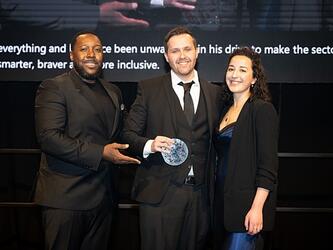
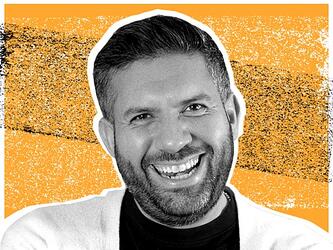
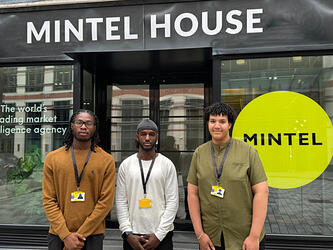
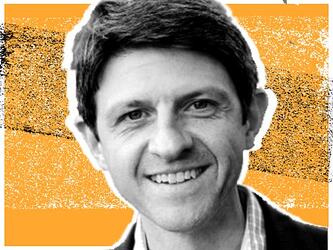
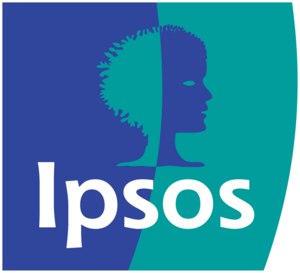
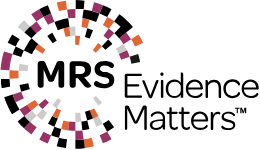


0 Comments